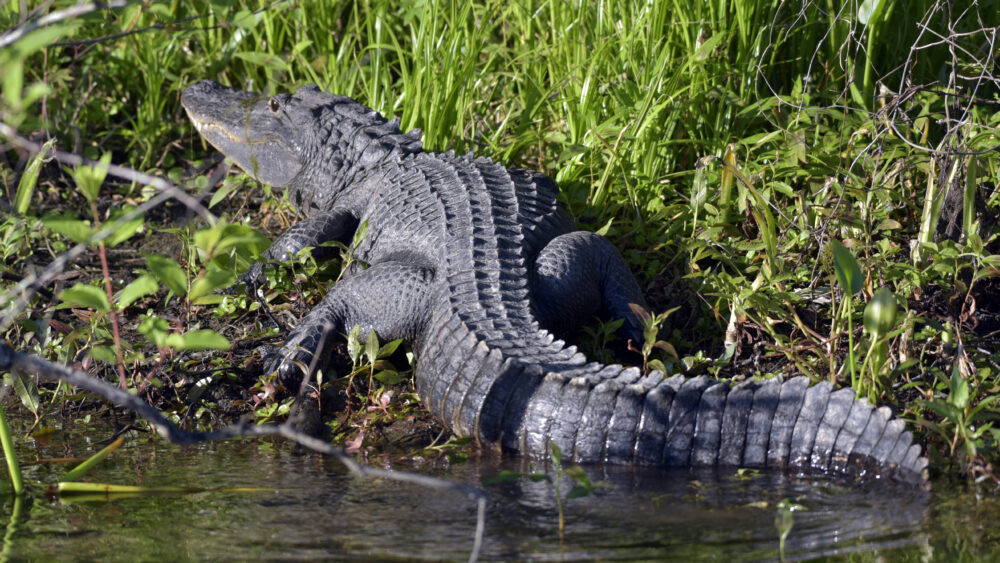We have much more to do and your continued support is needed now more than ever.
Bright Future for Colorado Wildlife: Bettering Management of the Rio Grande National Forest
This summer, Coloradans will have the rare opportunity to influence land management practices in the Rio Grande National Forest in southern Colorado. Since new forest plans are developed only once every 20-30 years, it’s important to make sure land management policies are comprehensive, forward-looking and based on the best available science.
Since 1996–the last time management rules were written for the forest– new scientific modeling and mapping has further identified just how important wildlife corridors and connectivity are for genetic diversity and the overall survival of mule deer, bighorn sheep, elk, lynx, cutthroat trout, and many other species of wildlife. Wildlife corridors allow species to move from habitat to habitat for breeding and foraging. The Rio Grande, in conjunction with the Santa Fe and Carson National Forests in New Mexico, is home to some of the best-connected wildlife habitat in the country.

Unfortunately, man-made obstacles such as fences, roads and natural resource development, are beginning to inhibit the ability of wildlife to move freely across the landscape. Planners at the Rio Grande National Forest can ensure the continued movement of wildlife by protecting four special interest areas which were outlined in a draft forest plan. Special interest areas identify places that require additional land management in order to protect certain botanical or zoological resources.
Spruce Hole/Osier/Toltec
This 36,000 acre area fosters big game movement from southern Colorado into northern New Mexico. Protecting this important habitat is not only critical to the survival of elk, pronghorn and mule deer, it is key to the economic health of nearby local communities which depend on outdoor recreation industries.
Chama Basin Watershed
This 17,790 acre area encompasses the headwaters of the Rio Chama and is the drinking water source for the town of Chama. Not only does it serve up clean water for people, it is rich in biological diversity. The area is used by lynx, federally protected as a threatened species in the lower 48 states, and forest birds such as the boreal owl and northern goshawk.

Jim Creek
This 9,500 acre tract has native Rio Grande cutthroat trout. Establishing fish protection areas will help sustain and restore native trout populations, which are increasingly stressed by climate change and industrial activities.
Carnero Creek
Like Jim Creek, this 42,800 acre area has a high-quality population of native Rio Grande cutthroat trout, which are increasingly stressed by climate change. The U.S Forest Service has undertaken several projects here to improve habitat for the cutthroat trout.
Hunters, anglers, hikers, bird watchers and outdoor recreation enthusiasts of all types can play an important role in the forest planning process. By attending a meeting, writing a letter-to-the-editor, or emailing comments to the Forest Service, Coloradans can help ensure the protection of vital watersheds and migration corridors so that wildlife, habitat and local outdoor recreation economies can survive – and even thrive—for generations to come.
For more information on how to get involved, contact Jeremy Romero, coordinator of wildlife corridors at the National Wildlife Federation, romeroj@nwf.org.






















